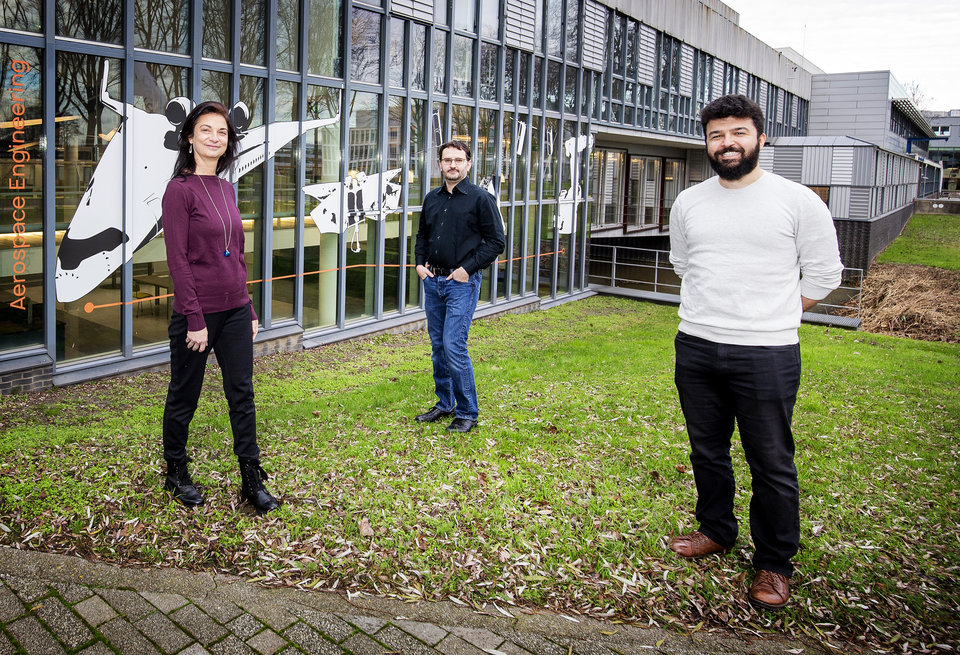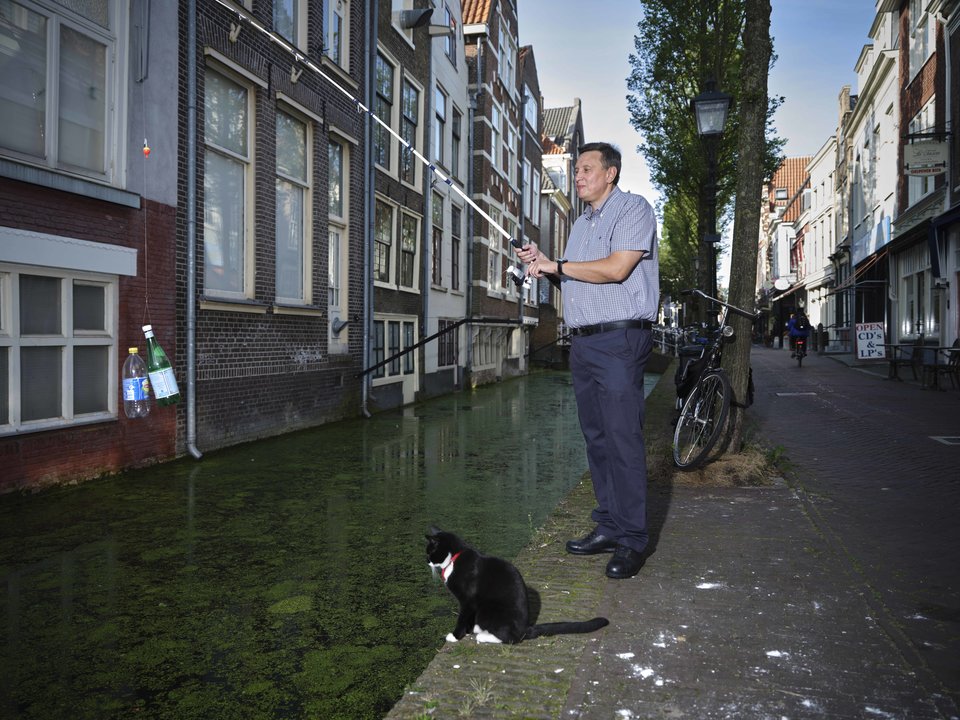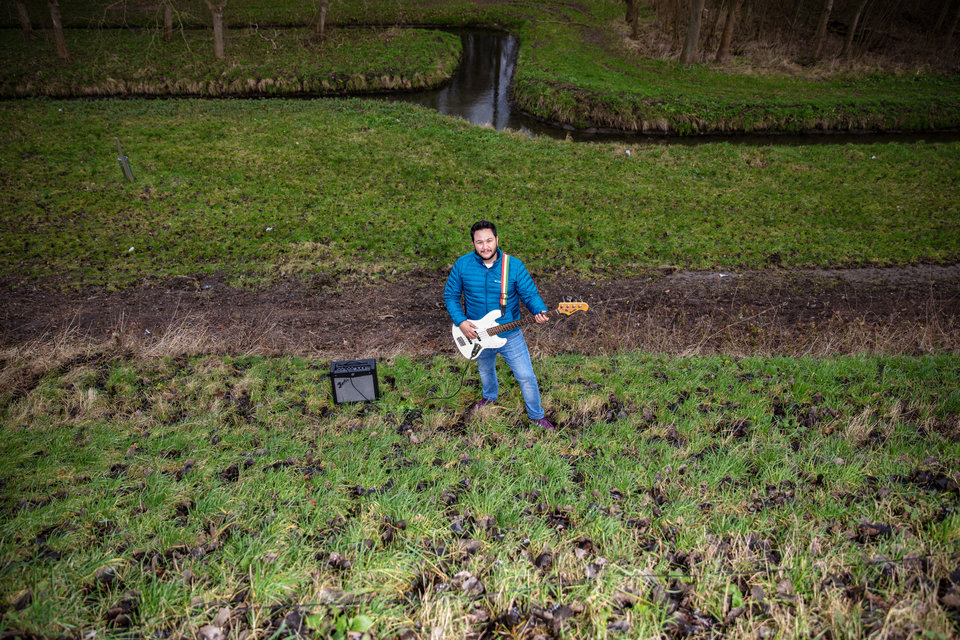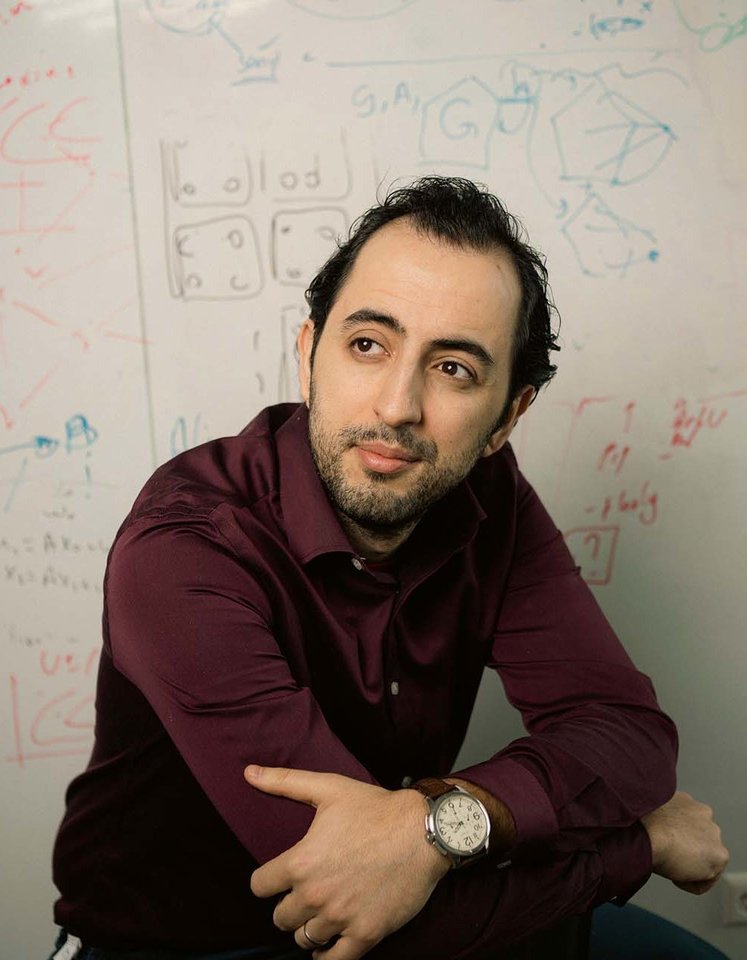Why would you buy or sell software commercially if you can get the data from public sources too and can make the tools available to the public? BlueSky, an open-source tool for creating air-traffic simulations, came about some ten years ago in answer to this question. Since then, BlueSky has grown into a community of users from around the world. It has also led to the development of an open-source tool for aircraft performance, OpenAP. Researchers Jacco Hoekstra, Joost Ellerbroek and Junzi Sun explain why you can achieve so much more by giving away software for free.
June 11th, 2024
Looking down on airspace from above using radar, you see an enormous jumble of aircraft above land and sea alike. This jumble is underlaid by all kinds of algorithmic models for managing all of the traffic streams properly and safely. An important tool for creating these models is BlueSky, a simulator that allows you to create real-time simulations of air traffic, at lighting speed. Full Professor of Aerospace Engineering Jacco Hoekstra started developing this software tool over a decade ago. "By simulating air traffic with BlueSky, you can, for example, look at the future classification of airspace and airports and improve approach routes and procedures."

What started out as a hobby
BlueSky evolved from a hobby project of Hoekstra’s that he occupied himself with while recovering from a car accident. "I literally created the first version, called Traffic Manager, from my bed. NASA and a few universities were also involved in this. For Traffic Manager, we used only patented – thus closed – software and data. Later, a new, open version was created at TU Delft: BlueSky. You see, my view was that it would be much more interesting to make everything publicly available, so students and other scientists can access all of the data at any time."
The idea behind open source is that by giving away and sharing data you ultimately achieve much more. With BlueSky, that has certainly been the case. And that's something I'm extremely proud of.
Jacco Hoekstra
The added value of open source
According to Hoekstra, making BlueSky open source has several advantages. "It makes research transparent and repeatable. What’s more, you can compare different solutions, for example for airspace classification. This is considerably more difficult to do when researchers all work with different models, tools and variables. If everyone speaks a different language, no-one knows what the other is talking about. To ensure the greatest ease of use, all files in BlueSky are formatted in the same format. This eliminates the need for users to first transfer text or code to another file type."
Data from public sources
Another advantage of open data is that you are not dependent on commercial parties. Aircraft manufacturers and airlines charge money for the use of their data, says Assistant Professor Joost Ellerbroek. “Besides which, they don't always make all their data available. This makes it difficult to carry out research. For this reason, we only use public sources, such as airport websites or databases that are used for flight simulators. These are often open source and provide information on locations of flight beacons, airports, terminals and runways. Additionally, we get data from hobbyists working on data for flight simulators on PC."
Wikipedia for air traffic management
Ellerbroek played an important part in the technical development of the platform. He explains how researchers use BlueSky. "They can import data for running simulations on their own computers. Besides this, users can add or modify information, such as adding new insights. In other words, BlueSky's website is a kind of Wikipedia. What’s more, people can create issues themselves, to indicate that they have encountered something or found a bug, for example. Other users can then respond to the issue. So there’s room for interaction. This makes BlueSky more than a software tool; it’s a community as well."
BlueSky is more than a software tool; it’s a community as well.
Joost Ellerbroek
Application in air traffic control
In addition to researchers, commercial parties, such as aircraft manufacturers and air traffic organisations, also use BlueSky, says Hoekstra. “These parties often have their own programmes and user environments. But if you check under the bonnet, there is BlueSky's software there. We heard from researchers at Spanish air traffic control that BlueSky has by now become the standard research tool. Air Traffic Control the Netherlands (LVNL) is currently using the tool for prototyping the reclassification of our airspace. Increasing traffic and stricter rules on noise and emissions have made this necessary. BlueSky is an ideal tool for simulating this reclassification."
Drones in urban areas
Although BlueSky is overwhelmingly used for applications in conventional aviation, it also offers solutions for other types of aircraft. Ellerbroek: "In recent years, there has been enormous growth as far as smaller aircraft, such as drones, is concerned. As these aircraft too form, or will form, part of airspace, we have extended BlueSky to be able to create simulations of large numbers of drones in urban areas. Making this extension was quite challenging, as we wanted to keep the software the same as much as possible."
OpenAP, BlueSky’s spin-off
In its 10-plus years of existence, the development of BlueSky has also led to the creation of OpenAP. Assistant Professor Junzi Sun, who started OpenAP as a PhD project in 2015, explains what exactly this open source tool is. "Whereas with BlueSky you can make simulations of air traffic, you can also use OpenAP separately to calculate aircraft performance. Say, for example, regarding fuel consumption or greenhouse gas emissions. Users can import a package consisting of data such as aircraft type, flight altitude and flight distance. The model then calculates performance."
Three types of data packages
OpenAP is currently offered in three packages, says Sun. "The first consists of data for analysing the amount of greenhouse gases an aircraft emits on a given route. The second package very accurately shows emissions for each phase in flight. You can use this data to optimise the flight path to ensure minimum emissions. The third package lets you make a rough but quick estimate of how much fuel an aircraft consumes on a flight from a to b. This estimation isn’t 100 per cent accurate yet, but that isn’t always necessary either."
TU Delft frontrunner in open data
Like Hoekstra and Ellerbroek, Sun is a strong advocate of open data. "What is so nice about TU Delft is that the use of open source and open data is already the standard here. To develop an open-source tool or software, I don't need the approval of various committees first. In this respect TU Delft really is a frontrunner in the research community. The perfect situation would be if we no longer distinguished ourselves in this respect, but instead open source and data were standard practice everywhere." Hoekstra adds: "The idea behind open source is that by giving away and sharing data you ultimately achieve much more. With BlueSky, that has certainly been the case. And that's something I'm extremely proud of."
Contact
Open Science at TU Delft
Open Science is an important way to spread TU Delft’s mission to deliver Science to Society. With Open Science we wish to make scientific knowledge accessible, free of charge to all users and online. In this way new ideas spread faster and wider which in turn lead to new research. We support our researchers in doing all that is necessary to be part of Open Science. Read more about the Open Science programme at TU Delft.

















